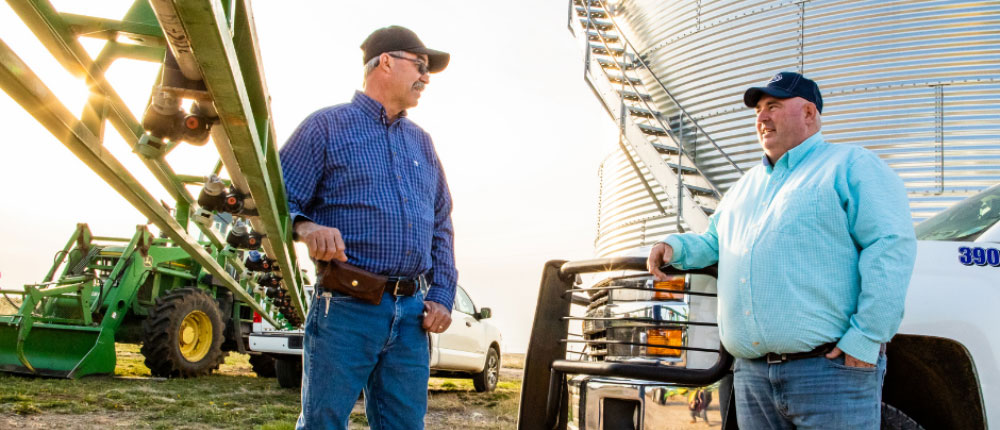When it comes to adjuvants, there is a lot to be said. From drift inhibitors and buffers to compatibility, deposition and activator agents, there are several solutions and factors to take into consideration. The ones that work best are those that fit your customers' application and situation. Don’t let adjuvants be an afterthought for you or your grower. We have put together some tips to help make adjuvants an easier conversation to better help you help your customer.
Start with the basics
An adjuvant is a broad term for any substance in a spray solution used to improve pesticide activity or application characteristics. Adjuvants can perform one or several functions, including:
- Improved pesticide coverage, adherence and penetration to a pest
- Water conditioning
- Increased water droplet size
- Additional stability, solubility and compatibility of a solution
- Decreased tank mix foaming
- Field marking
Know the right adjuvant for the job
While all adjuvants serve to improve crop protection performance, they do so in one of two specific ways – hence two core group names. The first group gets its name from the specific purpose the adjuvants in this group do - activate crop protection products. The second group contains a broader list of adjuvant types, but each one serves to make tank mix ingredients work better together.
Activator adjuvants
- Surfactants
- Oil adjuvants
- Liquid fertilizer solutions
Special purpose adjuvants
- Drift control agents
- Deposition aids
- Compatibility agents
- Water conditioners
Talk ingredients and their importance
The effectiveness of a tank mix is dependent on how well the products work together. The amount and order of ingredients is extremely important. If mixed out of order or at the wrong rate, products can clump and gel instead of remaining in the solution, reducing performance and causing costly cleanup from clogged equipment. Always consult the label for the amount and order to add products to ensure physical compatibility, proper solubility and pH. While most labels should list specific mixing sequences, if instructions are not provided, a simple mnemonic can be used to remember proper tank mix order: A.P.P.L.E.S. Learn more about tank mixing order.
Ask questions
The best way to best help your grower is to learn what product would best fit their application and situation. Adjuvants are extensively tested and formulated to work just right to enhance crop protection products. Selection of an adjuvant, whether single or multifunctional, should always be based on agronomically sound information and customer needs evaluation, including the site to be sprayed, the target pest and equipment to be used.
Now more than ever, it’s important for retailers to stay engaged with their CHS agronomy representative to stay up to date on the latest adjuvant technology in order to select the best adjuvants for their operation and profitability. It’s also important for growers to talk with their agronomist about how adjuvants are vetted, selected and used to enhance crop protection products applied on their operation.
The CHS adjuvant lineup is packed with high quality, high-performance formulas to optimize crop protection performance. To learn more about the CHS adjuvant lineup, their ingredients, and their functions, download our adjuvant guide.




